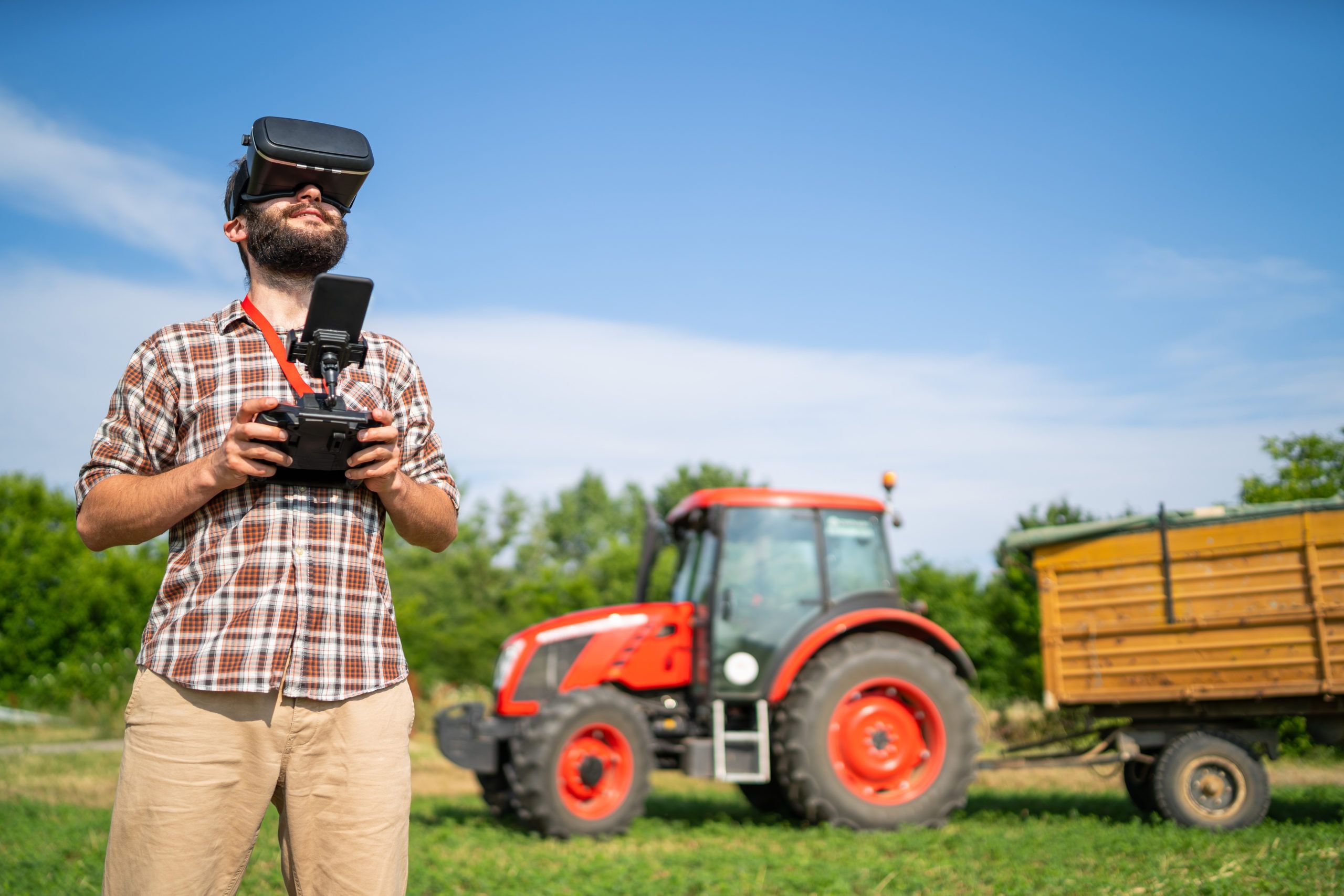Advancements in robotics, and the applications of robotics products in agriculture are constantly producing exciting opportunities in the field. Whilst many agricultural robotic projects are still in the developmental phase, the outcomes of this research hint at a future in which technology will allow us to produce the same output using less resources. This possibility was discussed in detail at DigiCrop 2020, a virtual expo that brought together the latest in agriculture technologies. Professor Thomas Heckelei of the University of Bonn in Germany debated the potential impact of robotics on production and Professor Salah Sukarieh of the University of Sydney presented his projects in field robotics, outlined further below.
So why robotics?
With an ageing workforce and expensive labour, robotic and digital applications and products have the potential to enable farmers to understand the state and needs of crops, reduce labour costs and chemical inputs, and provide precision and timeliness in crop management, all whilst ensuring production levels either stay the same or increase.
One example of the benefits of robotics in agriculture is Professor Salah Sukarieh’s ‘RIPPA’ project. Working in collaboration with organisations including Meat and Livestock Australia, AUSVEG and the University of Sydney, RIPPA is a decision support and crop interaction system, featuring individualised crop and soil mapping, leaf and yield measurements, precision herbicide application, mechanical weeding, variable rate spraying and foreign object removal. With all these features, its applications in an agricultural context are extensive.

Another great example can be found in CEAT’s own Innovation Hub. After beginning as a small start-up, Wildlife Drones has developed one of the worlds most advanced radio-tracking drone systems which has numerous applications in both livestock management, conservation and environmental studies. With projects across the world, Wildlife Drones are contributing to agriculture and conservation in a very big way.
While the benefits of robotics and digital applications in agriculture are clear, exactly when, where and to what extent they will be adopted by farmers and producers remains unclear. This is because there is very little research that looks at technology adoption in agriculture. More specifically, there is a lack of knowledge as to whether farmers will be willing to adapt their farms and practices to actually use these new technologies.
To some people it may seem that these technologies should be adopted immediately, however there are a variety of factors that contribute to this decision. As Professor Heckelei said in his DigiCrop 2020 seminar, there is a range of dispositional, cognitive and social factors that play a role in the farmers’ decision. Further, the breadth of different farming systems and agro-ecological zones and types are not fully represented in recent studies, limiting our understanding of farmers’ decision-making processes around adopting new technologies.
As such , it will be a long time before researchers fully understand farm-level adoption of technology, and longer still before these new and exciting technologies can be commercially utilised to their fullest extent. However, the future of robotics in agriculture remains bright.
Story by Chris Watt.
